There are many different types of milk and milk products out there that are important for bakers, and that is for a good reason. Milk is made up of varying percentages of fat, water, and milk solids, which include protein, lactose, and minerals. The role milk plays in baking depends on the type of milk that is requested. For the most part, milk contributes to the texture and flavour of your bakes, and they also help with crust colour, keeping quality, and adds some nutrition to baked products. Let’s take a look at the more popular milk products requested for bakes.

Types of Milk:
Milk products contain an enzyme that is harmful to gluten development in yeast bakes. To prevent this, you can scald the milk, which means heating the milk to just before boiling and then letting it cool to room temperature again. This breaks down the enzyme and makes sure everything goes well with your back. You can see this being done in my recipe for Cinnamon Buns.
Whole Milk:
Sometimes referred to as homogenized milk. Whole milk contains around 3 1/2% fat, 8 1/2% milk solids, and 88% water, because of the water content it is used to in bakes to interact with gluten. It is important to note that the fat in the whole milk is considered part of the fat required by the recipe. This means that you can’t switch out the whole milk for another type of milk without affecting the recipe.
Low-Fat Milk:
These are your typically drinking milk with fat content randing from .5%-2%. These milks are used in a lot of different bakes and shouldn’t be substituted for higher fat dairy. I want to point out that though a lot of households drink skim milk or 1%, I like to use 2% milk for baking because it has a lot more flavour and less sugar.
Condensed Milk:
Usually made from whole milk that has had 60% of the water removed and then heavily sweetened. You can find these in those short little cans in your baking section. When used in baking the recipe will probably call for less sugar since the milk is so sweet, to begin with. Condensed Milk is also used to make Dulce de Leche.
Buttermilk:
Fresh milk that has been cultured or soured by bacteria. If a recipe calls for buttermilk, you can substitute it for sour milk and vis-versa. The presence of the bacteria turns the lactose in the milk to lactic acid. The addition of baking soda neutralizes the acid of the buttermilk, which also creates leavening. This reaction means that you cannot substitute regular milk for the buttermilk without making some changes. If you didn’t want to use buttermilk, you would need to add an acid to the recipe to react with the baking soda to help activate it and get your leavening. The easiest way to do this is to add cream of tartar to the mix. Typically it works out to 2 tsp of cream of tartar for every teaspoon of baking soda.
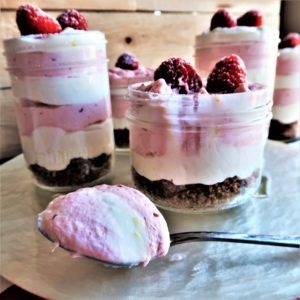
Creams:
Creams are not typically used in the creation of batters or doughs because they have way too much fat in them. But that doesn’t mean they don’t have a place in your fridge for the use in baking. Creams are beneficial when making fillings, sauces, toppings, and some cold desserts.
Whipping Cream:
Usually contains 30-40% fat and of course, is used to make whipped cream. The fat content is what makes it possible for the cream to be whipped up, don’t over whip or you might end up with something closer to butter. This is sometimes called heavy cream.
Light Cream:
Aka. Table cream or coffee cream and has 18-30% fat. I haven’t seen a lot of recipes call for this but there are some that require it or half-and-half.
There are a lot of other “creams” that you can find in the refrigerated section of your grocery store, but they don’t have enough fat in them to be of use in baking. I hope this has helped you better understand the types of milk and milk products as an ingredient.
Recipes you may enjoy:
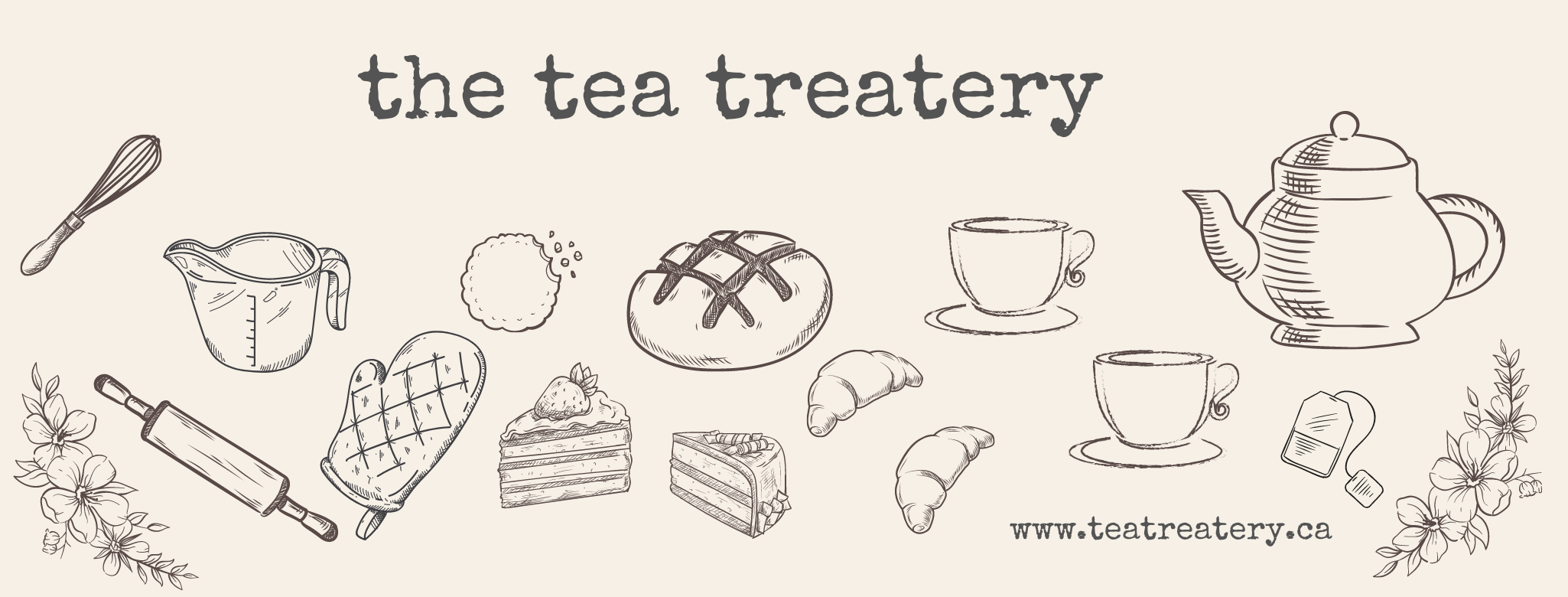
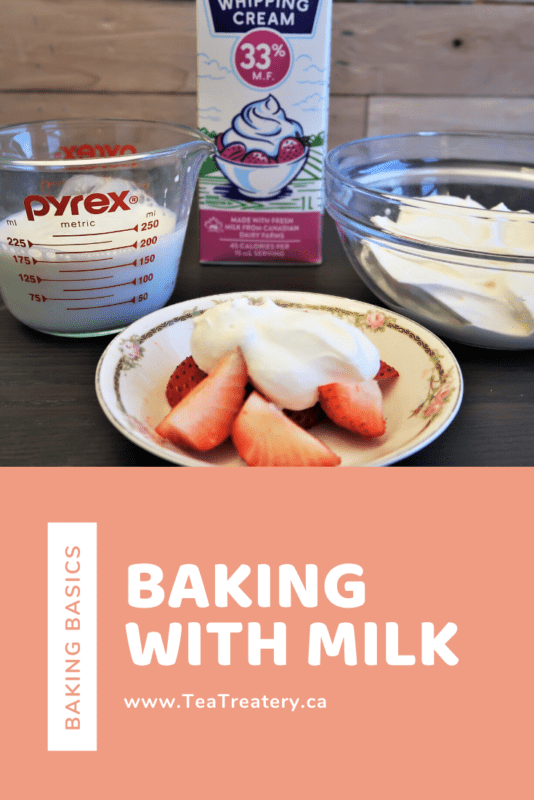
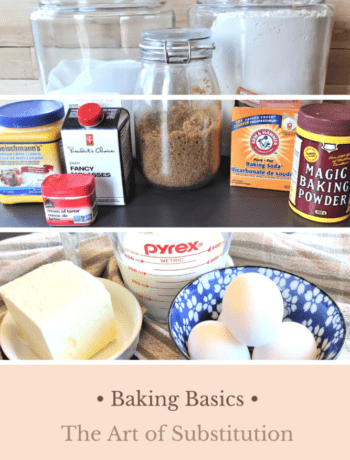

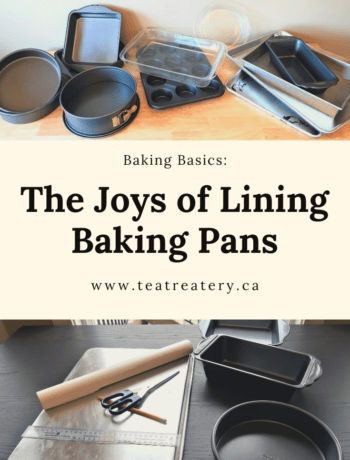
No Comments